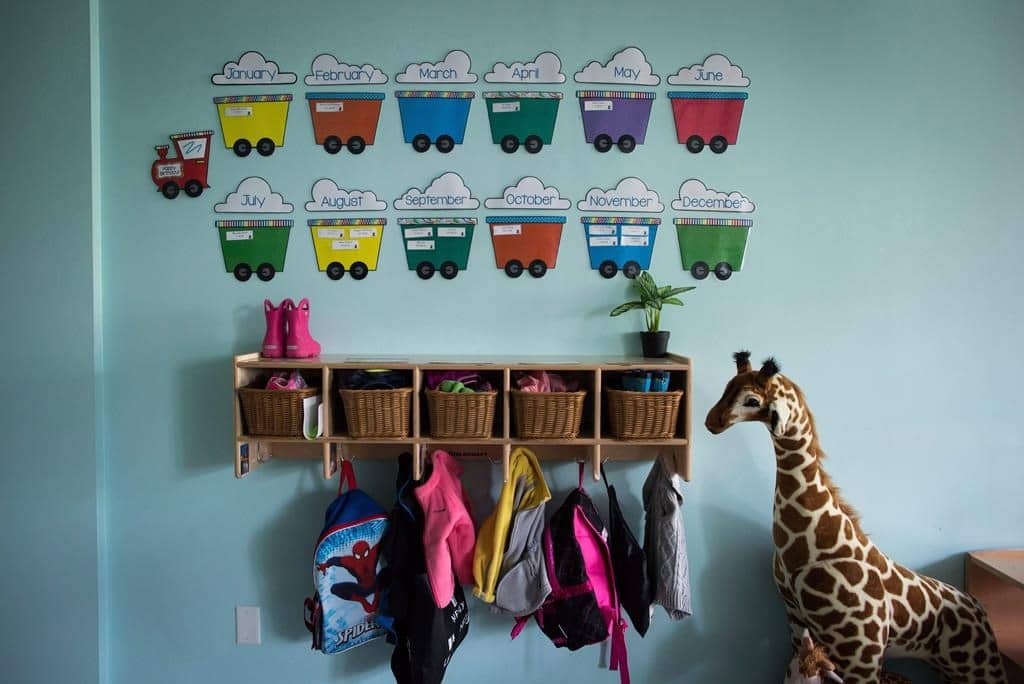Over the past few years, the Ontario child-care center’s staff has been fewer and fewer registered early childhood educators, which further distances the county from one of its objectives in the nationwide$ 10-per-day system. According to a recently released Ministry of Education review, there has been a net increase in the total amount of RECEs in Ontario child care programs, but there has also been a significant increase in the number of non-ECE personnel in daycares. Recipients of full-time workers in child care plans were RECEs in 2022, a significant increase over the 60 % aim that Ontario had in its agreement with the federal government. But then, that communicate has declined to 56 per cent. Alana Powell, the executive producer of the Association of Early Childhood Educators of Ontario, said selection is an issue, but loyalty has been a big problem. ” However, it’s not entirely unexpected, because RECEs have been telling us for years that income and working conditions are their biggest problem, and the purpose that many of them are leaving the business”, she said. ” When we hear from early childhood educators about their decisions to leave the workplace, it does come ( down ) most often to wages and total compensation, too— not just their wages, but access to extended health benefits, dental, vision care, opportunities to participate in an RRSP or a pension program” .1: 57
Ontario to improve early childhood trainer wages in charge to relieve team shortageOntario has implemented a wage floor for RECEs, set at$ 24.86 an afternoon in 2025. Advocates and some operators have argued that a pay network, as well as pensions and benefits, are required to address the challenges of recruitment and retention. The total amount of full-time RECEs in Ontario child-care courses rose by 3, 488 since March 31, 2022, while the number of non-RECE employees rose by 4, 426 during that period, the agency’s 2024 yearly document shows. It suggests that a previous overall decline in RECEs ‘ numbers, which government records indicated had previously decreased by 7 % between 2019 and 2021, has been reversed, though perhaps not as quickly as the ministry would like. The past labor report, from January 2023, said that about 14, 700 new RECEs may be needed by 2025-26, when the program’s full price cuts are in place. In Ontario, child-care fees at centres in the national program will be an average of$ 19 a day, capped at$ 22, with a plan to further reduce them to$ 10 a day by March 2026. Some centers are having trouble finding and keeping adequate staff to allow them to operate at full power, let alone consider expanding, according to Andrea Hannen, executive chairman of the Association of Day Care Operators of Ontario. ” It’s probably the biggest hurdle to, in a lot of circumstances, to the viability of a lot of qualified facilities, because if you don’t have all your rooms opened you’re paying for space that’s not really generating any income for you, and that’s whether you’re industrial or not-for-profit”, she said. ” It’s also … certainly a barrier to expansion of the federal government’s$ 10-a-day program”.Ontario has committed to creating 86, 000 new spaces in the program by the end of 2026, and has so far added 27, 993 net new spaces, the recent ministry report said. 2: 01
Ontario projecting daycare worker shortage by 2026Trending Now
Donald Trump threatens to try to reclaim the Panama Canal.
Here’s what’s selling for Amazon’s Boxing Day
Jenna Sudds, federal minister of families, children and social development, said Ontario still has “quite a bit of work” to do to meet that target. The federal government announced in the spring that there would be up to$ 1 billion in low-cost loans for public and private child care providers to create new spaces and renovate their existing centers, but they won’t start accepting applications until the spring of 2025. In a recent interview, Sudds stated,” I do want to make it clear that the province has committed to creating those 86, 000 spaces.” The money we’ve invested in this low-cost loan fund will undoubtedly help, and I’m confident that it will help, but we still expect the province to be contributing and working to ensure that these spaces are created for parents, according to Ontario, with Peel Region alone having to turn down more than 2, 000 of the program’s potential clients because the operators were for-profit. Education Minister Jill Dunlop wrote in a statement that “not-for-profit providers play an important role, but our municipal partners have told us that they cannot fill the demand alone.” This is why we are pushing for more flexibility. According to Sudds,” I’m in a collaborative discussion with Minister Sudds to provide flexibility and reasonable funding that recognizes our higher costs.”” The cost of providing child care in Ontario is among the highest in Canada. She said,” I will not be removing the cap,” and that is what I can say very clearly. There are many for-profit operators in Ontario and other parts of the country because they are committed to providing high-quality care to families, and because they genuinely care about our children. However, when there is venture capital or private equity, these operators do not necessarily serve the needs of our children when they are leaving the$ 10-a-day program.



